Historic Examples
Involvement
Our Power Energy Cooperative (AT)
Energy Community in the Rural Municipality of Monachil (ES)
“Przylesie” Housing Energy Community (PL)
Urban Gardening communities in the city of Tartu (EE)
Solidarity Renewable Energy Community (IT) Naples EST
Civic engagement
Covid-19: Network of “Makers” (ES)
Local self-help movement in Kainuu region (FI)
Earthquake in L’Aquila in 2009 (IT)
Flood in Genoa in 2011 (IT)
Formal political participation
Vienna Climate Team, participatory budgeting (AT)
Youth Climate Group, city of Granollers (ES)
Resource wise municipality (FI)
Clean Transport Zones in Krakow (PL)
Green zones for recreation and community spaces in Tartu County (EE)
Activism
Anti-nuclear movement in Austria since 1972 (AT)
Energy poverty movements in Spain (ES)
Pro Hanhikivi association (FI)
Organisation Krakow Smog Alert (PL)

Research activities
Goal of the research: understand the dynamics of different forms of political participation and factors of transformative change.
Scope of the research: CO-SUSTAIN will study 18 historic examples in 6 different European countries for each of the latent and manifest forms of political participation: involvement, civic engagement, formal political participation, and activism.

Historic examples of involvement
Our Power Energy Cooperative (AT)

The idea of a Power Energy Cooperative was first discussed among three Austrian energy pioneers in 2017, inspired by a cooperation between entrepreneurs, citizens, activists, and experts. The aim of the energy community is to bring electricity producers and consumers directly together and to ensure fair prices on the energy market. The energy community trades electricity that comes 100% from regional renewable energy sources. In 2018, the energy community started as the first European cooperative in Austria with 19 founding members. In 2023, it counts 683 cooperative members, 246 electricity producers and 1316 electricity customers.
Energy Community in the Rural Municipality of Monachil (ES)
The Energy Community in the Rural Municipality of Monachil started in 2018, when the Municipal Office of Energy was created with the help of the town council of Monachil and the cooperative Cooperase with the aim to assure energy saving, efficiency and self-consumption of renewable energy. In 2019, a Royal Decree allowed collective self-consumption. In 2020, Cooperase and the Pasos association applied for a grant of the SOM Energy and 57 social germinators, which spurred social participation and permitted the establishment of the energy community of Monachil in 2022. Today, the energy community has 55 members.
“Przylesie” Housing Energy Community (PL)
“Przylesie” Housing Energy Community (“Przylesie” HEC) was established in 1968, while in 1972 the last multifamily building was put into operation. The housing estate, initially managed by the Teachers’ Housing Cooperative, separated from it and began operating independently in 1990. It now operates under the cooperative law. The HEC has made investments for the thermal modernizations of buildings, photovoltaic panels have been installed on roofs and new balconies have been built where such panels can be installed in the future.
Urban Gardening communities in the city of Tartu (EE)

Two urban gardening communities, Tartu Eco Gardening community and Emajõe Gardening community, have been in place since 2019 to produce, provide, and share local ecological food, as examples of permaculture. They aim to increase urban biodiversity and introduce possibilities of urban gardening for people. They have been created and are maintained by non-profit organisations, while a partnership with the local government has enabled to have access to land with a long-term rent.
Solidarity Renewable Energy Community (REC) Naples Est (IT)

The Solidarity REC Naples EST was funded in 2021 in San Giovanni a Teduccio, a neighbourhood of the metropolitan area of Naples. The establishment of REC was the result of the joint effort of Legambiente, the biggest environmental movement in Italy, and two foundations: an ethical financial one that funded the projects (South Foundation) and an ecclesiastical one that catalysed the participation of citizens (Famiglia di Maria). The engagement in the REC building process of local households lasted from 2018 to 2020. In 2023, REC counts 40 households experiencing conditions of high deprivation and energy poverty. Over 100 people are benefitting from REC both directly in terms of reduction of the energy bill and indirectly by a huge increase in their energy literacy which enables a shift in energy use and consumption.
Historic examples of civic engagement
Covid-19 Network of “Makers” (ES)

The Network of “Makers” started spontaneously at the very start of the Covid-19 when respirators were scarce in the hospitals. A network of IT-savvy individuals came together to develop and “print” respirators using 3D printers, and they continued until the shortage of respirators ended. Without any specific or obvious leadership, it organized a quick and effective reaction to a public health emergency using the technological resources available and the knowledge of the participants, and it delivered its outcomes only as a result of effective (online) cooperation between the participants.
Local self-help movement in Kainuu region (FI)
In the winter of 2017-2018, the Finnish Kainuu region experienced widespread power outages. As a result of crown snow many trees fell on power lines, leaving approximately 11 000 households in Eastern Finland (North Karelia and Kainuu) without electricity for several days. The blackouts also affected businesses, agriculture, and public service providers in the regions. The local self-help activism mobilised right after and improved the area’s preparedness for similar situations.
Earthquake in L’Aquila in 2009 (IT)

In 2009, after the earthquake in L’Aquila (Abruzzo, central Italy), many committees of various kinds were formed in the city. Few committees are still active today, among which the most stable experience is 3.32. With other associations, 3.32 created a green area self-managed by the citizens, where the homeless people could sleep and receive assistance. This area, named Casematte, still exists and provides social help and organises cultural activities for the city.
Flood in Genoa in 2011 (IT)
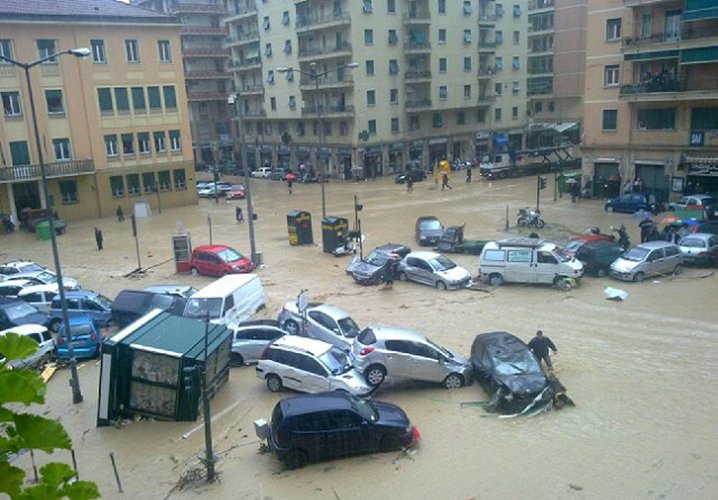
During the flood in Genoa (Liguria, North-western Italy) people were personally active in assisting the population and cleaning the flooded streets. In Val Bisagno, a spontaneous operational synergy emerged between the president of the local City district and groups of people who intervened as volunteers. These included many groups of social activists from social centres. The self-organised social intervention first focused on self-help and safety of individuals and then evolved, into the activity of cleaning flooded houses and streets. In the following days it also involved psychological assistance, distribution of first aid materials and food. In subsequent years, similar networks, often animated by the same groups and individuals, were activated to respond to the socio-economic emergency caused by the Covid-19 pandemic in 2020.
Historic examples of formal political participation
Vienna Climate Team, participatory budgeting (AT)

Since May 2022, with the Vienna Climate Team, the City of Vienna has taken a new cooperative approach in terms of participatory budgeting: residents can contribute directly with their ideas on how to tackle the climate crisis in their districts. These ideas are then further developed with the administration and political decision-makers, where all participants can work together and learn from one another. The final decision on approving ideas or projects lies with citizen juries. In 2022, the Vienna Climate Team was allocated with a budget of 6 million Euros. After about 40 days of action, 1100 ideas were submitted by residents of three pilot districts in six different fields of action. In 2023, the Vienna Climate Team was expanded to three new districts.
Youth Climate Group, city of Granollers (ES)
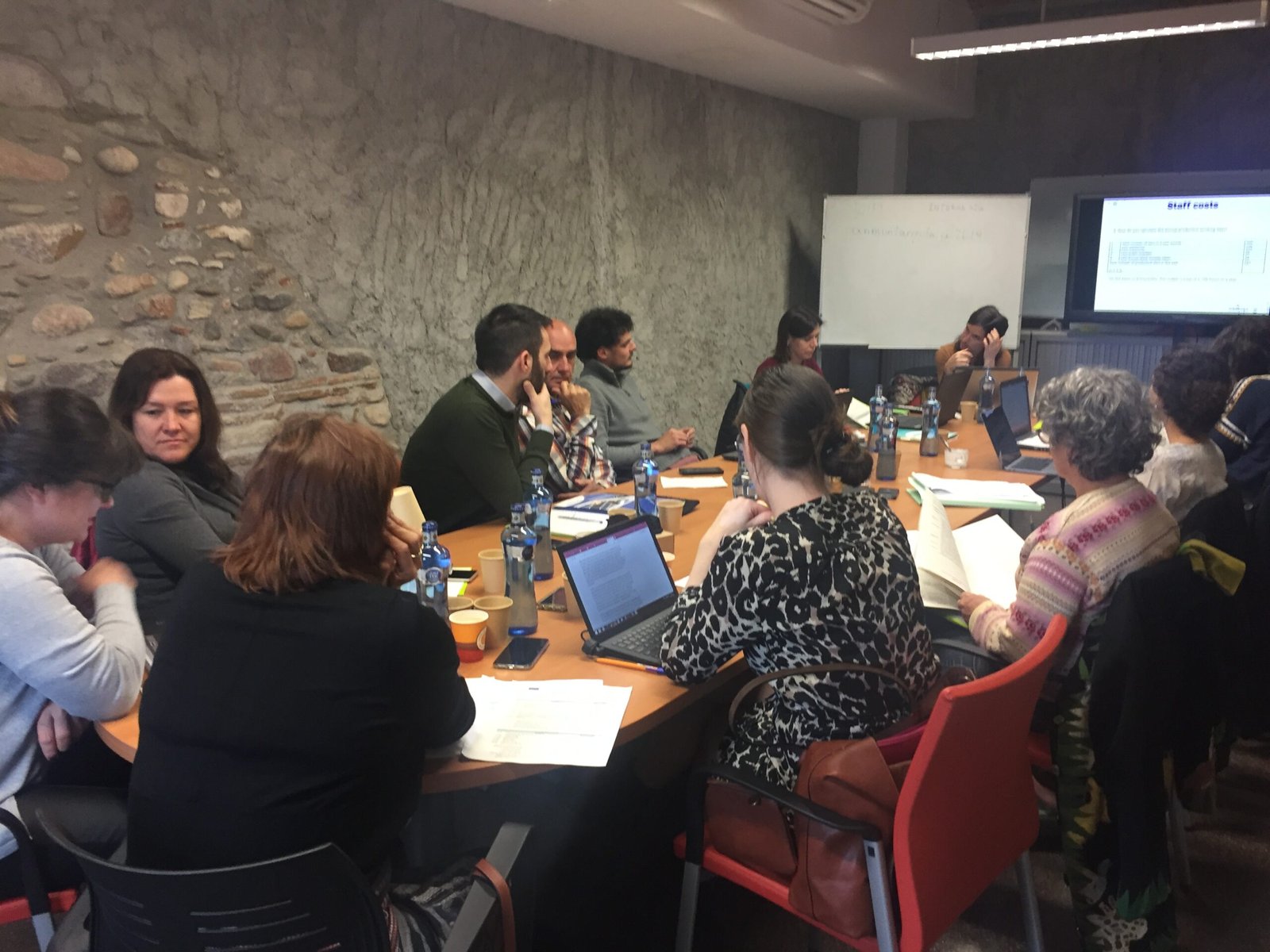
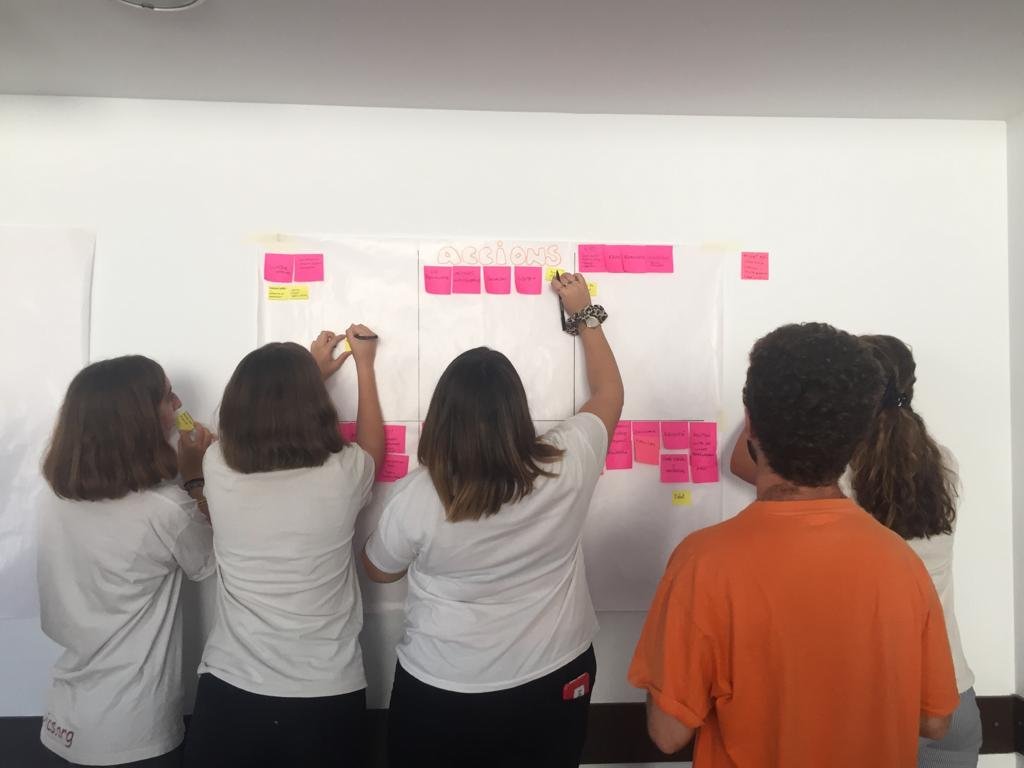
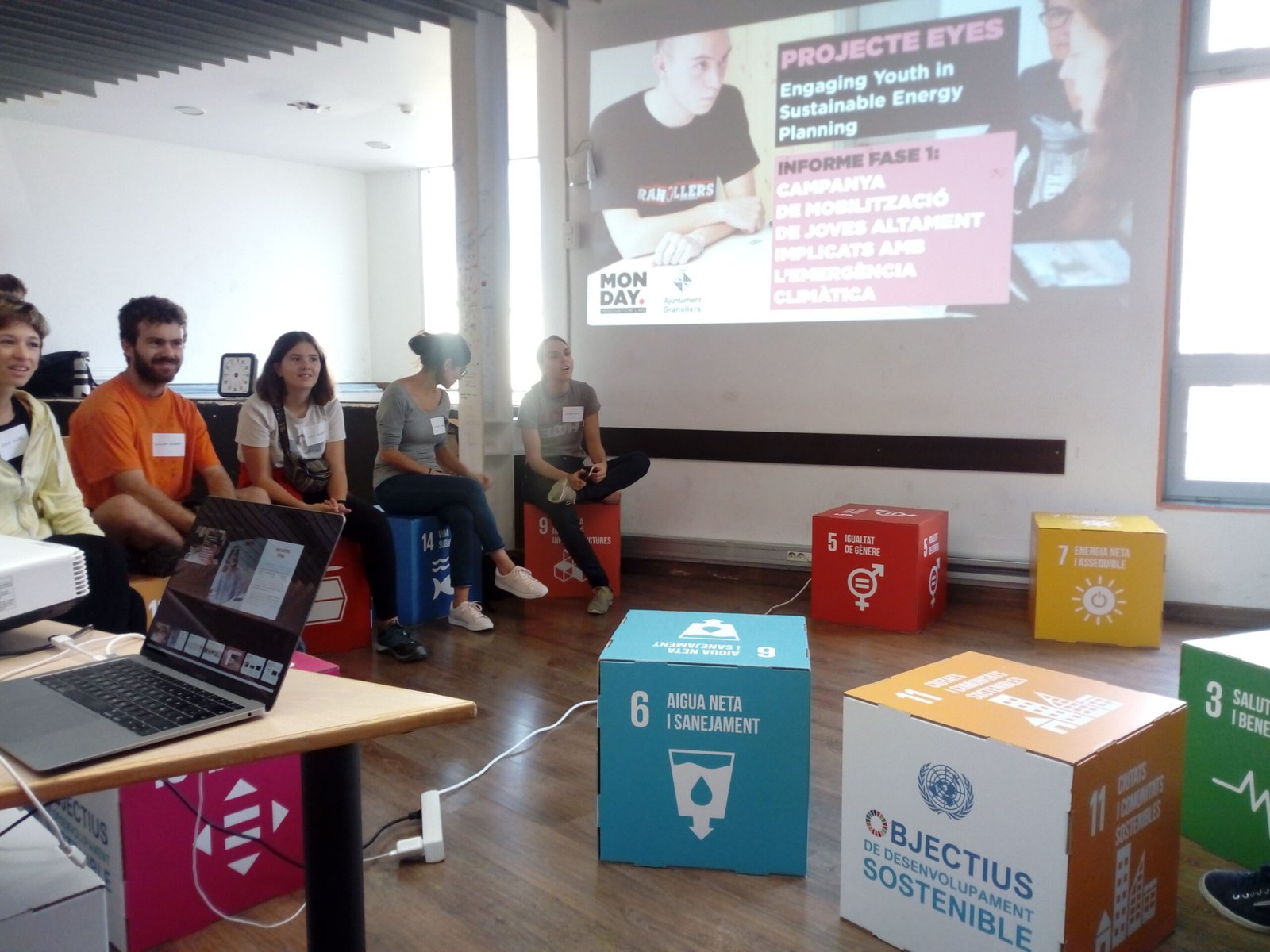
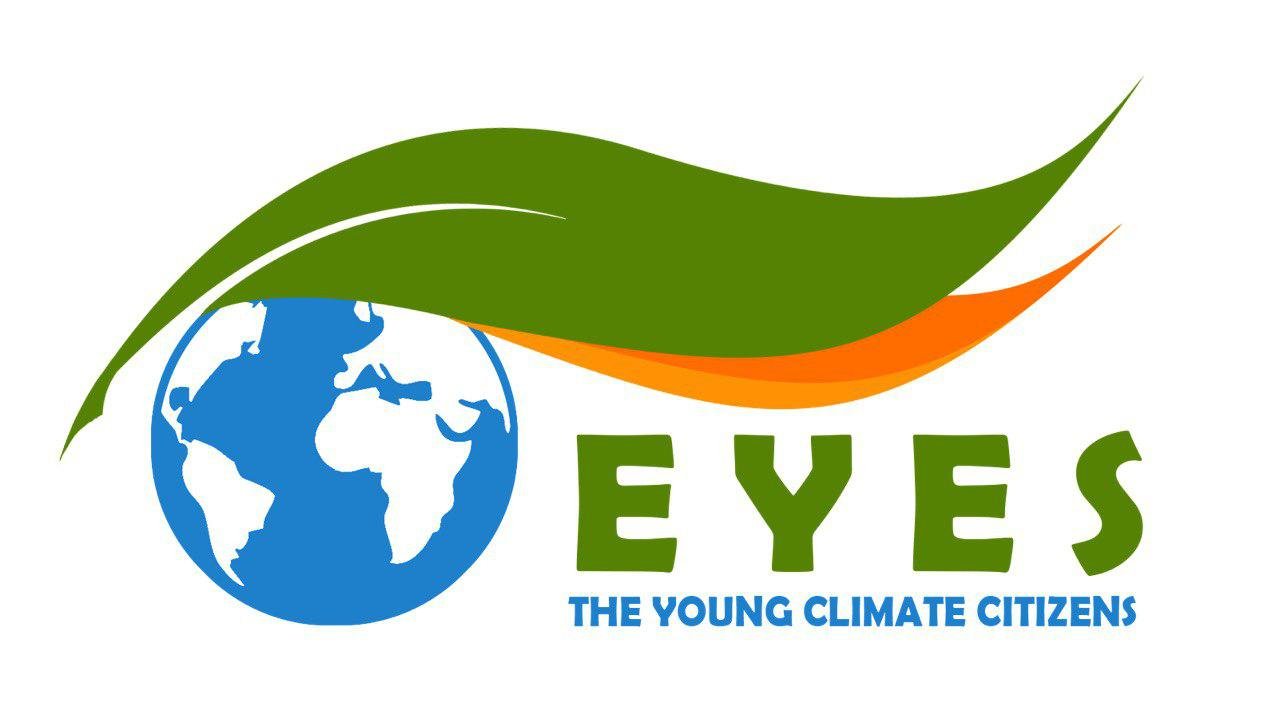
The Youth Climate Group was born out of the EYES project in 2019 and aimed to increase young people’s involvement in local climate policies. One of the pilots was in the Municipality of Granollers (Spain), and the City Council along with Ecoserveis promoted and maintained a Youth Climate Group in the city to test the participatory process. The project ended in 2021, but the city council has continued the collaboration with some of the youngsters in the framework of another project on narratives of local climate vulnerability.
Resource wise municipality (FI)

Since 2012, the municipality of Ii (North Ostrobothnia, Finland), counting roughly 10 000 residents, has been working together with local citizens, businesses, and associations to find solutions to combat climate change. Its objectives and actions linked to the carbon neutral operation of the municipality, circular economy and natural resources are included in the “Resource-wise Ii Roadmap” and municipal budget. Within the municipality, the InnoHiili – Innovative low-carbon services” has included very diverse groups of people in the planning process. Its aim is to find new solutions that are suitable for the everyday lives of residents, reduce the carbon dioxide emissions caused by everyday transportation and support the participation of residents in planning their own services.
Clean Transport Zones in Krakow (PL)
Air quality is the main worst-rated factor in the quality of life in Krakow and triggered significant protest before the process of banning the burning of solid fuels, which took effect in Krakow on September 1st, 2019. In 2020 Limited Traffic Zones were introduced in the Kazimierz district. In May 2022, public consultations were held with residents and businesses on the draft of Clean Transport Zone (CTZ) during which more than 600 comments and questions were submitted. More than 100 people were directly involved in the process, and by drawing lots, submissions were taken from 45 residents
Green zones for recreation and community spaces in Tartu County (EE)

Tiina Pitk
A formerly undeveloped area, around a former military airport just bordering the city of Tartu, has been going through major transformations from military-industrial functions to green recreation areas, which now offer a wide variety of green-oriented recreation opportunities and infrastructures. Different participatory activities organised by the local government have been carried out, such as meetings with residents and stakeholders to plan the whole area, idea competitions, architectural competition to build a community house and an educational centre, and planting activities together with residents.
Historic examples of activism
Anti-nuclear movement in Austria since 1972 (AT)


Under the leadership of the Social Democratic Federal Chancellor Kreisky, nuclear power was increasingly discussed in Austria at the beginning of the 1970s and was again underpinned by the energy crisis in 1975. In preparation for the commissioning of a nuclear power plant under construction in the municipality of Zwentendorf, the government announced an information campaign. The announcement and implementation of this campaign led to the nationwide alliance of anti-nuclear groups to form the Initiative of Austrian Nuclear Power Opponents. The protests started in the early 1970s and intensified after 1975. While the first resistance was mainly carried by conservative circles and traditional nature and environmental protection groups, the movement changed in 1975 to an Austria-wide movement with a focus on Vienna and the provincial capitals. At its height of its activities, the movement counted 500 000 people. Despite considerable political differences within the opponents of nuclear power, however, an organisational unification and a unified stance towards the political authorities was achieved. As a last resort to the politically controversial project, a binding referendum was held in 1978, which narrowly ended in favour of the opponents of nuclear power.
Energy poverty movements: Residents’ movement in the Northern District of Granada & Energy Poverty Alliance (ES)
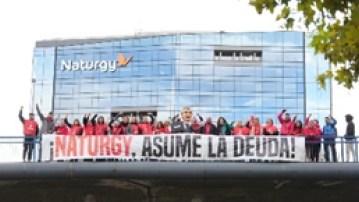
Granada: In the Northern district of Granada, mobilisations started during the economic crisis in the 2010s and continued during the Covid-19 pandemic and throughout some power cuts caused by a bad state of the electric installations and illegal electricity hook-ups. The residents’ movement is nowadays still active, it comprises more than 100 people and is supported by a series of NGOs.
Energy Poverty Alliance: The EPA started in Barcelona in 2014 by drafting (through a participatory process involving several regional stakeholders) a project of law to provide more guarantees on energy rights against cuts, more mechanisms to protect vulnerable citizens, etc. With time, it has expanded to all the Catalonia region, and it is going strong today, gaining importance on the public agenda as a representation of the vulnerability of citizens in the energy market. It has hundreds of regular participants, mainly families in a vulnerability situation from several ethnical origins, with the leadership of an NGO that provides guidance and legal counselling. The EPA succeeded in gathering the required number of signatures to force the Catalan Parliament to discuss the proposed bill and won the backing of most of the parties. The law was finally approved, and it has been in effect since October 2014 being the most cutting-edge law in Spain today for the safeguard of disadvantaged households and energy rights.
Pro Hanhikivi association (FI)

The Pro Hanhikivi association was established in reaction to a plan to build a new nuclear power plant (NPP) in the municipality of Pyhäjoki in Finland. The civic action started in autumn 2007 and ended in 2020. In 2014, the association counted more than 300 members, and in 2015 the vice-president of the association, Hanna Halmeenpää, was elected as a member of the Parliament and held office until 2019. The association worked mainly at the desk, in project consultation processes, in the courts and through the media, but hardly ever through demonstrations. In 2022 the NPP project collapsed because of some delays and a loss of political support after Russia’s invasion of Ukraine.
Organisation Krakow Smog Alert (PL)

Smog has been a crucial issue in the history of Krakow for 200 years. Awareness of it began to break into the public consciousness only in the 21st century. In Krakow, this was influenced by two factors: (1) the announcement of 20 years of research at the Jagiellonian University on the negative impact of air pollution in Krakow on pregnancy and children development, and (2) in December 2012, three people set up a Facebook profile “Krakow Smog Alert” (KAS), publishing daily indications of particulate matter concentrations in the city. A community formed spontaneously around the Facebook profile, which began to amplify the public discontent and to put pressure on local authorities. The first protest marches attracted about 300 people, and after some time reached the size of several thousand protesters. At the same time, a large-scale social campaign was initiated in the media and through outdoor advertising, which was financed from the bottom up by the community associated around the National Treasury. Thanks to the activities of the KAS, since 2019 coal and wood can no longer be burned throughout the city, and the organization paved the way for all anti-smog resolutions in Poland (more than 50 other local smog alerts have been created since then).
